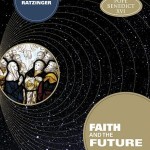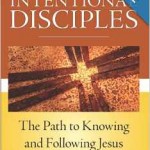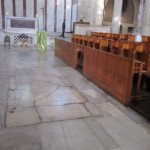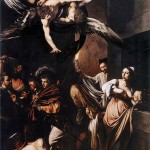I’ve been pondering the differences in the Pew results from the General Social Survey (which CARA points to and found no decline in Catholic population). Here are some of the factors:
1) GSS does most of their interviews in person (which magnifies the well-known tendency to somewhat exaggerate one’s religious affiliation or practice to “look good”) while Pew does almost all of theirs by phone.
2) GSS interviewed slightly more Hispanics (17%) than Pew did (15%) – and of course Hispanics tend to more heavily Catholic than other groups.
3) A particularly big factor is that Pew interviewed quite a few more “young millennials (age 18 – 24) who are the most likely group to be “nones” (14%) than did GSS (9%).
4) Questions. The GSS asks “What is
your religious preference? Is it Protestant, Catholic, Jewish, some other religion, or no religion?” While Pew asks “What is your present religion, if any? Are you Protestant, Roman Catholic, Mormon, Orthodox such as Greek or Russian Orthodox, Jewish, Muslim, Buddhist, Hindu, atheist, agnostic, something else, or nothing in particular?”
As Pew notes: “By explicitly offering respondents the chance to identify as atheist, agnostic or “nothing in particular,” the Religious Landscape Study question may make it easier for marginally religious people who once thought of themselves as Catholics, Protestants or members of another religious group to identify as religious “nones.”
While that wouldn’t make a difference to someone with a reasonably strong religious affiliation, I can see how attractive it would be for someone who didn’t feel like they were clear enough to affirm anything – not even atheism or agnosticism. “Nothing in particular” would be an attractive way out of the dilemma for the really marginal and probably not an alternative that would occur to most people unless it was suggested.
The question is, of course, which is a more accurate picture of our reality? Pew’s note: “In the 2014 Religious Landscape Study, the share of Hispanics and the share of adults ages 18-24 closely match estimates from the U.S. Census Bureau’s 2013 American Community Survey (ACS), which estimates that 15% of U.S. adults are Hispanic and 13% are ages 18-24.”
PS: What CARA is seriously disputing is the idea that the number of people who identify as Catholic has slipped significantly from the 24-25% area in the last 7 years. The SSRS study found that only 22% of American adults were Catholic in 2012 and Pew’s monthly surveys also found decline.
In light of all this, and in the absence of other factors that seriously call the Pew results into question, I’m going to deal with their figures as a decent approximation of our situation in 2014. (Not that I really have a choice since every serious Catholic on the planet has read or seen the headlines so I can’t ignore the question on the road.)












